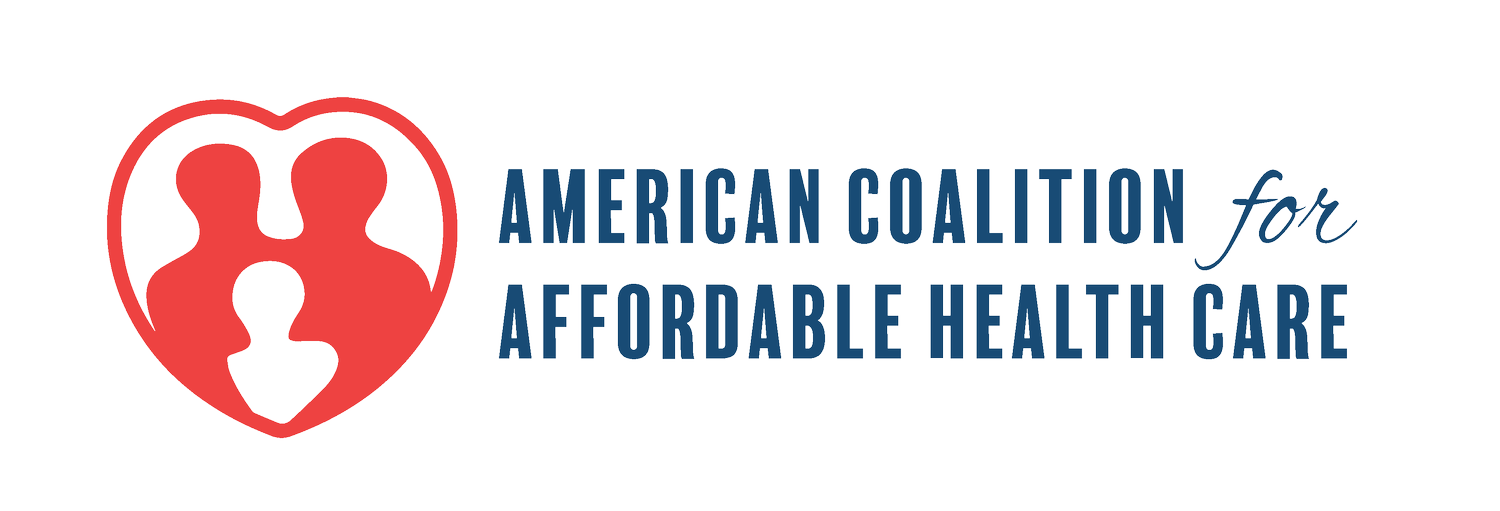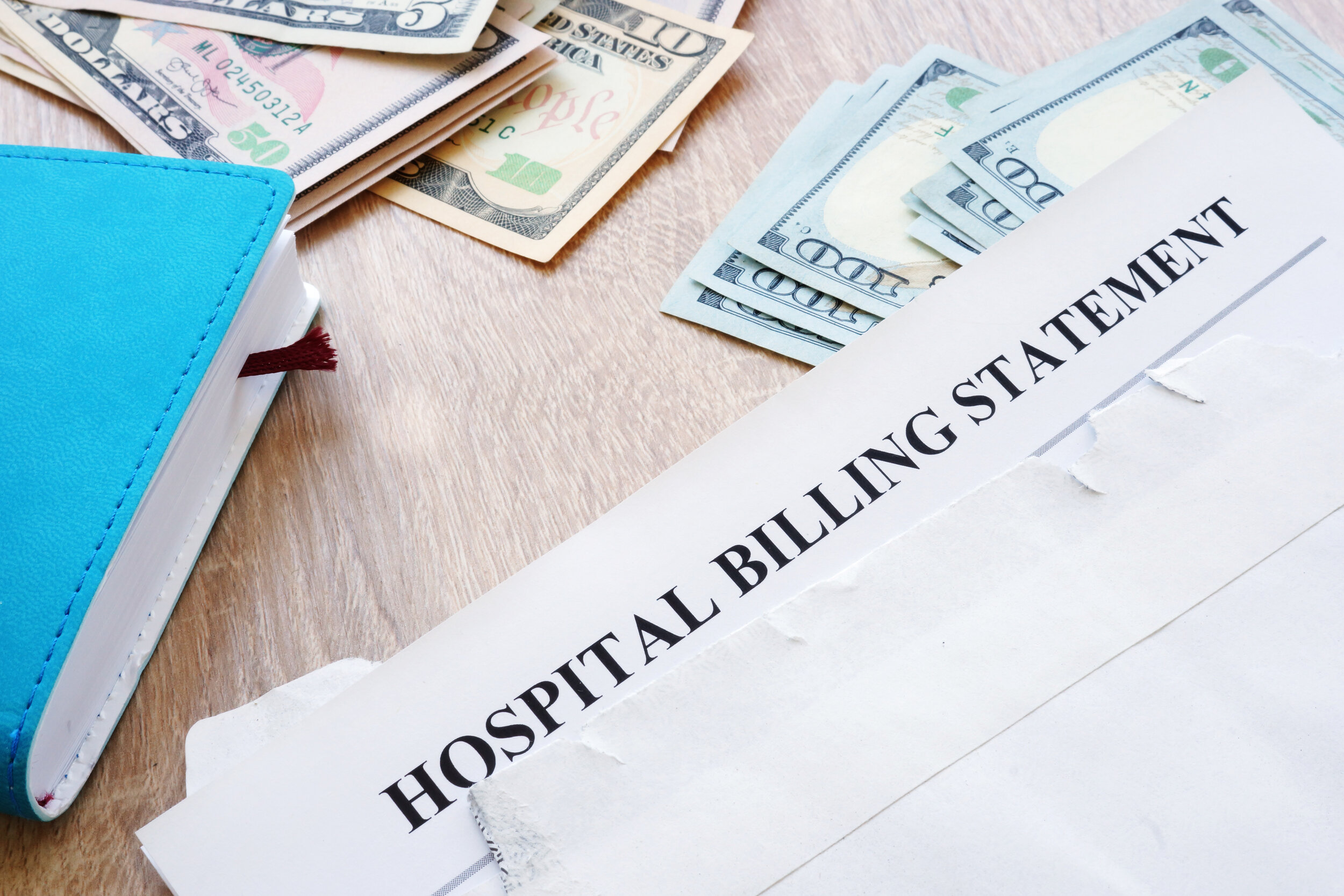A $2,700 bill for a COVID-19 test turns up the heat on a health care industry dispute
Carolyn Coburn didn’t really know the going rate for a COVID-19 test, but she was pretty sure $2,715 was too much.
And she was darn sure her late husband, U.S. Sen. Tom Coburn, would think so, too.
“He fought this kind of thing all the time,” said Carolyn Coburn.
So she decided she would, too. Coburn wrote and called just about everyone she could think of — and when you’re the widow of a United States senator, people tend to pay attention.
But while most of that attention has fallen on the charges submitted to Coburn’s and other Tulsans’ health insurance by Tulsa ER & Hospital, the incident also casts light on a larger, long-simmering dispute between the state’s entrenched healthcare establishment and Tulsa ER & Hospital and its sister physician-owned facility in Edmond.
Tulsa ER & Hospital and Oklahoma ER & Hospital bill themselves as “micro-hospitals,” but are essentially independent emergency rooms with a handful of patient rooms attached in order to get around the state’s ban on free-standing emergency rooms.
They say they provide a valuable service — quick, easy, 24/7 access to emergency care without the crowded waiting rooms and long waits often associated with hospital emergency departments.
For some injuries, illnesses or tests, their owners say, they’re also cheaper than hospital ERs because they offer cash discounts and have less overhead.
But established health care systems and insurers don’t like Tulsa ER & Hospital and Oklahoma ER & Hospital. They say too many patients don’t know the difference between a free-standing emergency room and an urgent care clinic, and wind up incurring thousands of dollars in unnecessary charges. Some suggest this is not entirely by accident.
Tulsa ER & Hospital hotly denies both assertions.
“We are not an urgent care,” said Dr. Christion Rice, a managing partner at both Oklahoma hospitals. “We are an emergency room.”
In any event, as with with most things related to the U.S. health care system, the explanation is both simpler and more complicated than one might think.
Take Carolyn Coburn’s COVID-19 bill.
Tulsa ER & Hospital points out similar charges would have been assessed by any emergency room for a COVID-19 test. Several area hospitals confirmed this.
The difference seems to be that relatively few asymptomatic people get COVID-19 tests in traditional ERs. Or at least that’s what the hospitals and insurers say.
Tulsa ER & Hospital disputes this but acknowledges many of those coming to it for COVID tests say they do so after deciding the wait for tests and results at other facilities was too long.
But is Tulsa ER & Hospital really just an urgent care clinic in disguise? Certainly, some COVID-19 test patients believe they were misled.
Tulsa ER & Hospital points out that signage and its website clearly identify the hospital as an emergency room. Although not equipped for surgery, Tulsa ER & Hospital has greater capabilities than an urgent care clinic, including 24-hour walk-in diagnostics, and does have patients in its non-emergent hospital rooms.
A sign on the front desk warns patients they will be charged an emergency room fee for COVID-19 tests unless they have an outpatient order from a doctor, and patients are required to sign a simple one-page document explaining that — although the document says insurers “will typically pay a small percentage” of the charges billed.
And that brings us back to the $2,715 COVID-19 bill.
First, to be clear, Coburn’s insurer was billed $450 for the test itself. The rest was for emergency room and physician fees.
Coburn herself did not pay anything. She has good insurance and Tulsa ER & Hospital does not balance bill, which means it accepts co-pays and whatever it receives from insurance as payment in full.
And Tulsa ER & Hospital apparently has not received a dime of the $2,715 billed Blue Cross and Blue Shield of Oklahoma for Coburn’s visit. The check went to Coburn, not Tulsa ER & Hospital, and Coburn said this week that Blue Cross and Blue Shield told her to hold it.
Rice said the average payment received is 20% of the billed amount — which means in some cases the amount paid is closer to the bill amount, and in some cases is zero.
This is part of a complex dance that frustrates those inside and out of the health care system. Simply put, providers overbill because they know insurers rarely pay the full amount.
“It’s always a guessing game,” said patient advocate Dan Chepkauskas. “It’s crazy.”
Still, the COVID-19 charges submitted for patients like Carolyn Coburn and others seem excessive to a lot of people, and can result in excessive payments. At the least, it causes people to wonder what the heck is going on.
And it’s not just at Tulsa ER & Hospital or in Oklahoma. The New York Times reported last summer that a man and woman who went together to the same free-standing emergency room in Texas were charged $199 and $6,000 respectively.
More recently, the newspaper reported on a Connecticut doctor charging thousands of dollars for drive-through tests that included screens for ailments unrelated to COVID-19.
In Tulsa, COVID-19 tests are free from the Tulsa Health Department and other locations, and many private clinics charge less than $150. Tulsa ER & Hospital’s cash price for physician-ordered tests is $200.
That leads back to asymptomatic patients coming to an emergency room for a COVID-19 test. Although it’s likely to be quicker and faster than other places, it’s also likely to be more expensive.
“We have seen a lot of claims from Tulsa ER & Hospital, probably over 400 or 500 a month,” said Stephania Grober, vice president of sales and marketing for Blue Cross and Blue Shield of Oklahoma. “It’s not uncommon to see total charges ... in excess of $4,000 for a basic COVID test.
“These tests, for an asymptomatic person, can be done for much less than $4,000 — $130 to $150 at an urgent care facility, or if you go to your physician, even less than that,” said Grober.
“In many instances (patients) are calling up, they’re making an appointment for the service, so it’s clearly non-emergent,” she said. “I think it’s very misleading to the consumer.”
More broadly, critics of facilities like Tulsa ER & Hospital complain patients with a wide range of complaints wind up at free-standing emergency rooms when they should be at urgent care clinics or doctor’s offices.
But the same complaint is made about hospital-affiliated emergency rooms. And some large health care systems operate small hospitals that don’t appear to be much different than Tulsa ER & Hospital and its Edmond affiliate.
That leads TERH and others, including Chepkauskas, to suggest resistance to the two emergency hospitals is less about $2,700 COVID-19 bills and more about competition.
Oklahoma is a relatively consolidated healthcare market, with a small number of healthcare systems and insurers. Chepkauskas says the players like it that way, and go to some lengths to keep newcomers out.
The two Oklahoma hospitals are owned by emergency room physicians trying to break away from established health systems. They are affiliated with a Texas-based consortium called Nutex, and don’t belong to any of the state’s major provider networks.
Because the hospitals are physician-owned, federal law prevents them from receiving Medicaid or Medicare reimbursements, although federal law also requires them to see and treat all emergency room patients regardless of insurance or ability to pay.
There is some disagreement over why the hospitals don’t belong to the major provider networks. Rice said they want to belong but haven’t been accepted; critics of them say they do not want to join.
In any event, there is friction and has been for years. Long before Carolyn Coburn visited Tulsa ER & Hospital, Rice says a reporter for a national news service inquired about COVID-19 charges. Rice says he later learned the reporter was acting on a call from an insurance company.
The two Oklahoma hospitals are also being investigated by a U.S. House of Representatives committee, which Rice says has been “stressful” and “didn’t make sense.”
“We didn’t understand why our facility was targeted for the inquiry,” said Rice.
Rice said five freestanding emergency rooms in Texas with which he is involved all charged substantially more for COVID-19 testing than the two Oklahoma ER hospitals.
He also said his two Oklahoma hospitals’ ER charges are comparable to those of “surrounding hospitals.”
“The only difference is that in Oklahoma, we are the only two out-of-network (ER) facilities,” he said.
Whether emergency room charges for a COVID-19 test are a genuine scandal or a turf battle in the country’s healthcare wars is difficult for an outsider to discern.
Grober says the two hospitals are “charging for services that are just outrageous and adding significant, unnecessary costs to the system.
“What’s happening isn’t right,” she said. “It’s taking advantage of this pandemic situation.”
Rice says the hospitals have never promoted themselves as “testing centers or drive-through COVID facilities” and that people are coming to them for tests only because established providers can’t keep up.
“There are challenges that we face operating in a market that’s very consolidated ... and has not tolerated new providers that create competition and change,” Rice said.

